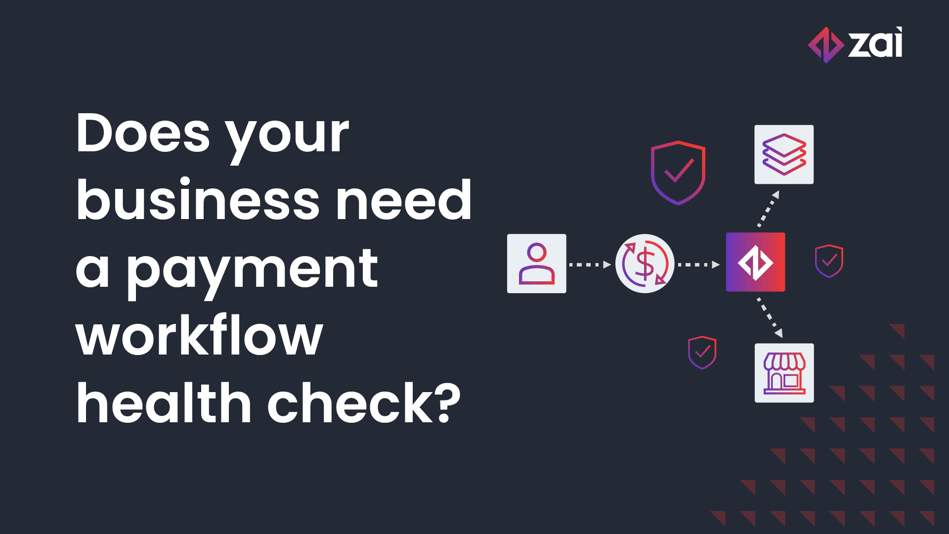Manual processes are ideal for some things — such as handcrafted beer or hand-rolled sushi — but when it comes to payment workflows, manual processes are massively inefficient.
Manual workflows increase the frequency of inevitable human error, which can be expensive for your business. Missed or late payments are detrimental to customer service, and a decimal point in the wrong place could be extremely costly.
Manual workflows can have security drawbacks, such as theft or data loss. They can be slow leaving the funds recipient waiting for their payment or impacting your cashflow. Above all, handling reconciliation, managing exceptions, and completing other manual tasks are time-consuming, requiring hours of expensive labour. Automation can potentially save you hundreds of hours a year. All that time and money spent on manual processes could be spent on enhancing your customer value proposition, your customer service and other value-adding tasks.
Automation improves efficiency
Automating payment workflows and using APIs to simplify the complexity of multiple payments flowing through your platform will benefit your company and provide value to your customers. To illustrate how, let’s look at how a fintech operating a debt management platform can use payment APIs to make its payment workflow more efficient and the debt repayment process more pleasant.
The challenge:
Paying off debt is generally seen as stressful and unpleasant. Debt management platforms try to make the process as painless as possible by calculating and creating easy-to-follow monthly repayment plans. Another key service point is making the payment process for the debtor as easy and pain-free as possible.
Debt recovery payment flows can get complicated. From prioritising customers’ multiple debts, and prioritising the ones to pay off first to managing lump sum or minimum repayments the payment workflow can get complicated. Navigating this process with as little pain as possible requires a smooth, efficient workflow.
The solution:
Automation can be used to reduce some of the manual processes, such as scheduling payments and real-time reconciliation. If there are any missed payments, APIs can trigger a notification on the platform, letting customers know that their payment is due so they can stay on track with their payment program.
Offering a variety of pay in methods for collections also helps make the process of payment less painful for the debtor. With direct debit payments, money can be taken out of the debtor’s account on a set schedule, which means that the debtor doesn’t have to think about making the payment or be reminded about a payment due — as long as money is available in their account.
Assessing your payment workflow
One of the primary benefits of digital platforms is an efficient, optimised workflow that increases efficiencies and lowers effort and costs. To maximise the potential benefits for your business, you need to determine your baseline first:
-
What do your customers expect?
Customers will want the freedom to pay into your platform or receive their payout in a way that is convenient for them. Whether it’s online bill payments, cards, or direct debit, create optionality for your users. -
Assess your workflow options.
Automation requires an investment which will yield efficiency savings if it is set up well. Determine how to optimise your workflow to reduce the costs associated with moving funds between multiple parties and various payment methods. -
Calculate settlement time
. Businesses need to determine how long it takes for funds to move through the workflow. The faster the funds move, the better it is for customers, who can then use their funds right away without waiting, potentially boosting more business for your platform. You’ll also want to consider whether real-time payments are crucial to your business. -
How easy is reconciliation of transactions or data?
Exceptions can be disruptive to the payments workflow and are time-consuming to handle manually. To ensure maximum efficiency, companies need to ensure that workflows are set up to minimise manual effort associated with exceptions. -
Figure out the authorisations you need
to put in place. When there are multiple parties, you may need to ensure that the individual authorising the payment is sufficiently verified. For larger value payments or a large batch of payments, you may require multiple authorisation steps.
API integration within your payment workflow improves efficiency and cuts down on manual effort and human error while freeing up time, money, and headcount for customer research and product development.
At Zai, we manage payments, so that our customers can focus on running their business. Whether the task involves collections, refunds, or disbursements, our payment APIs simplify complex payment flows to help businesses operate more effectively by saving them time and money.



